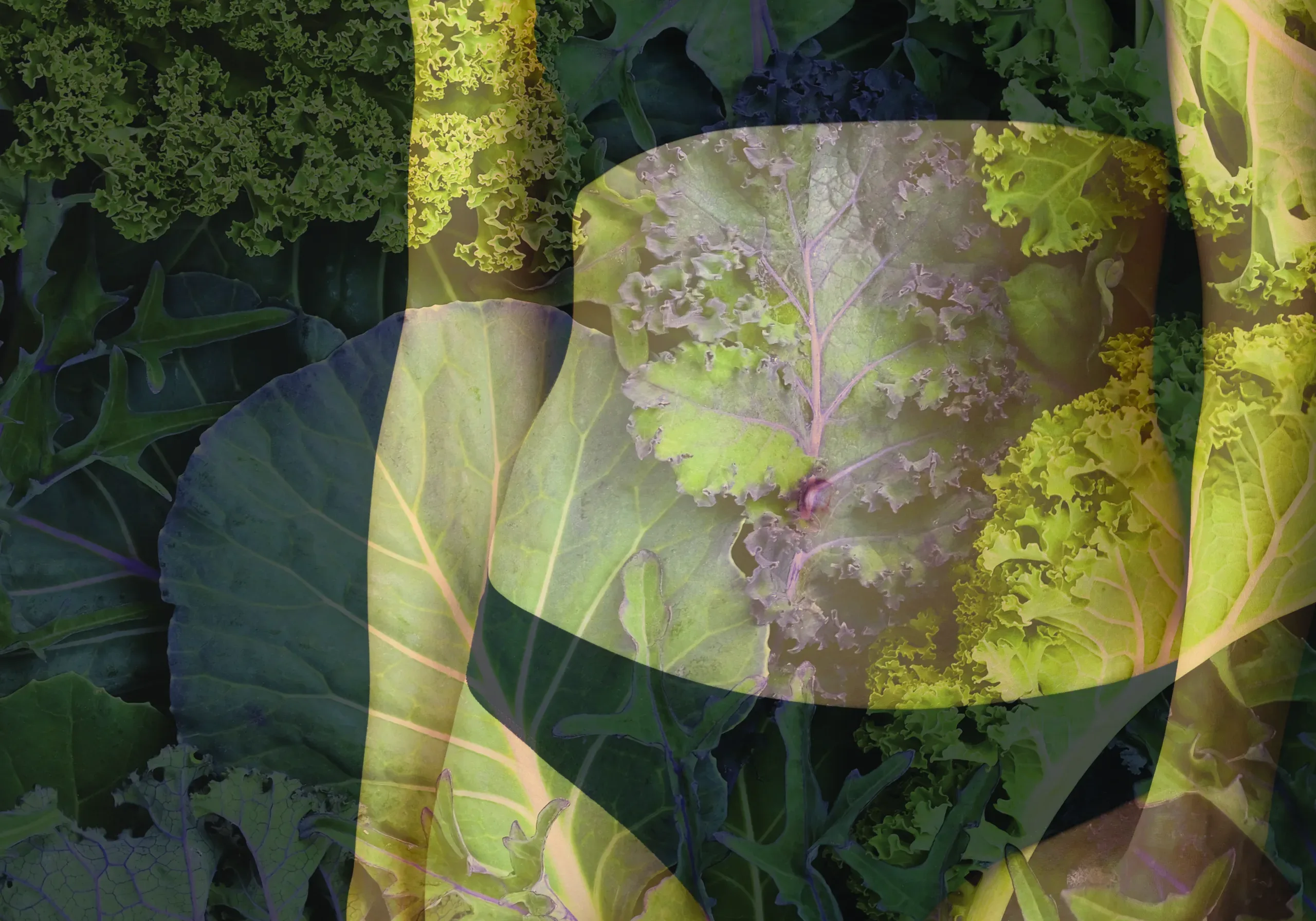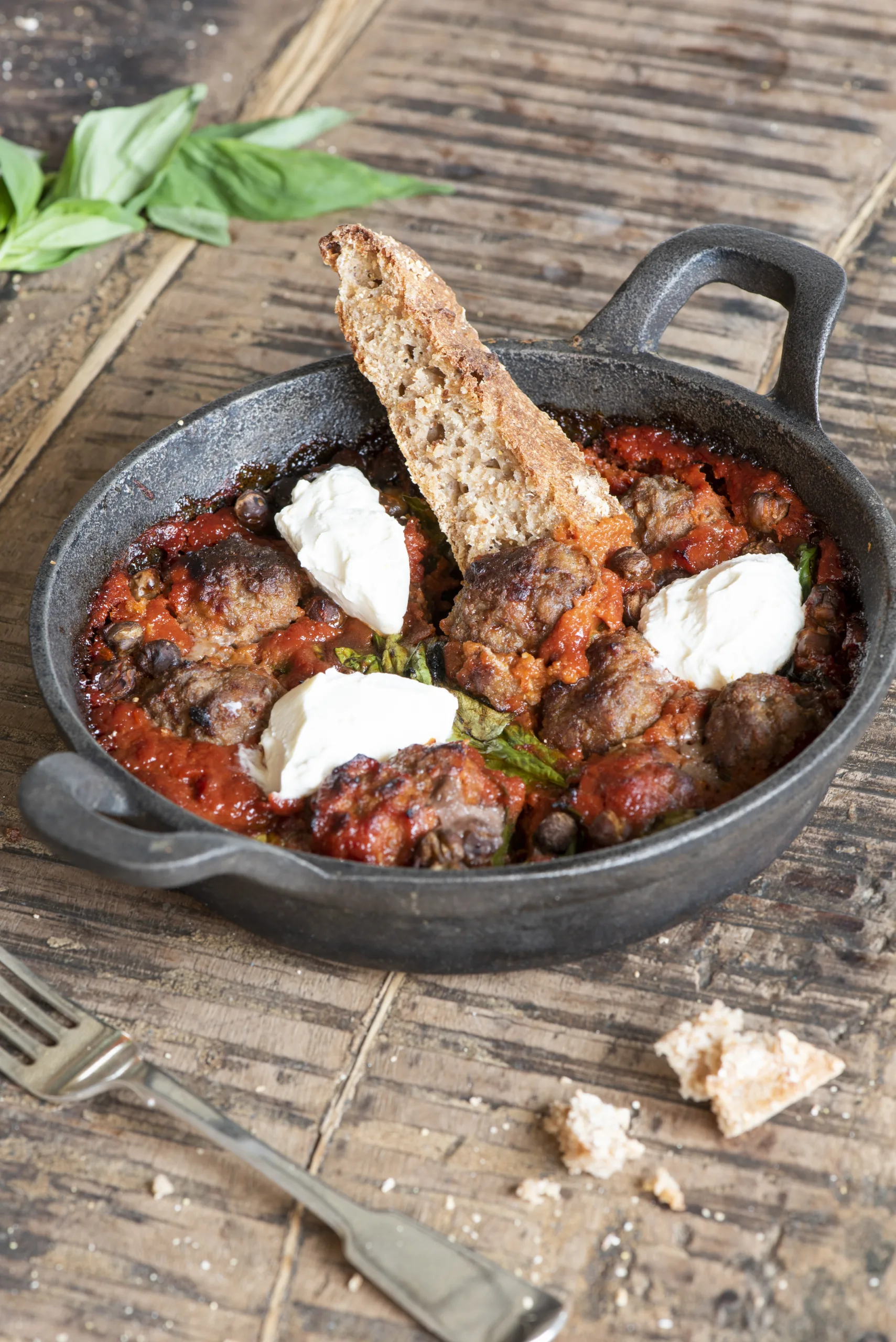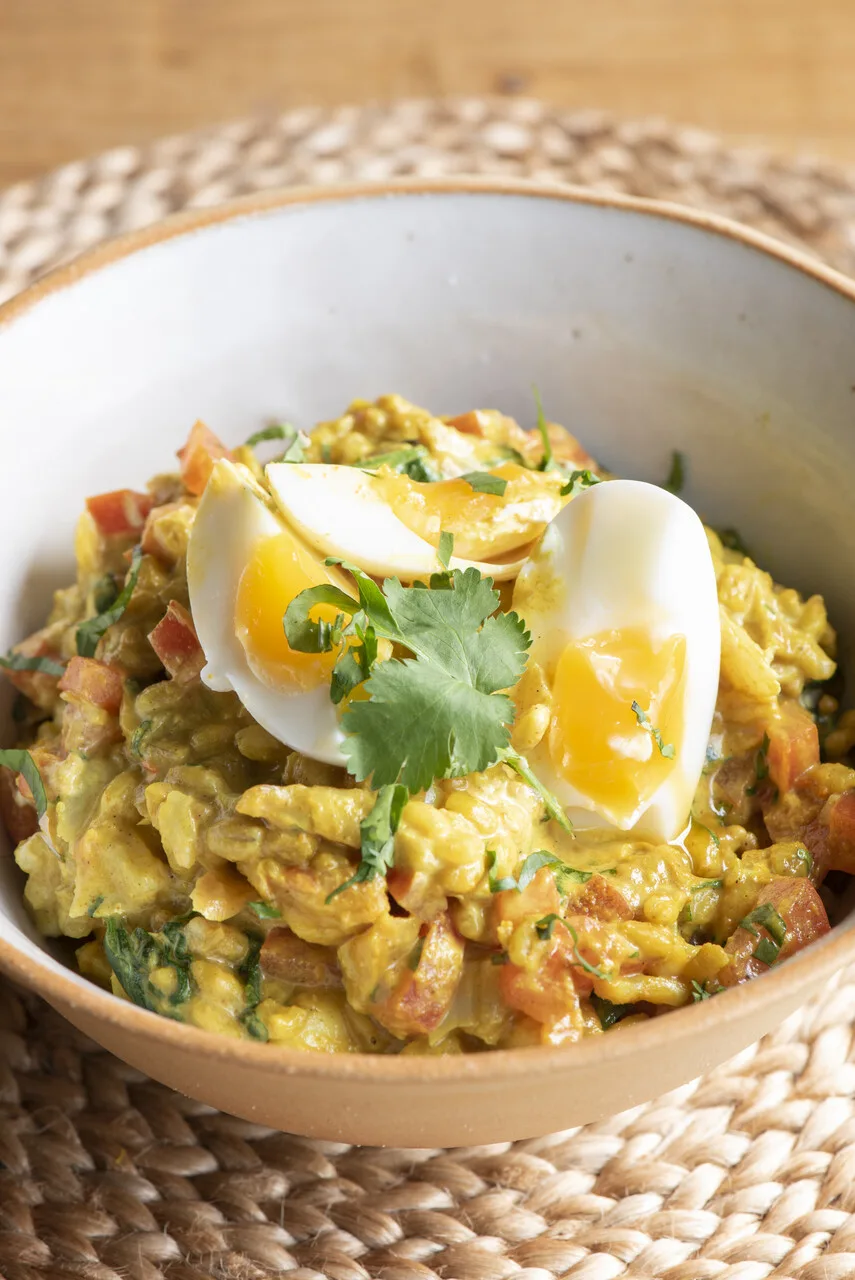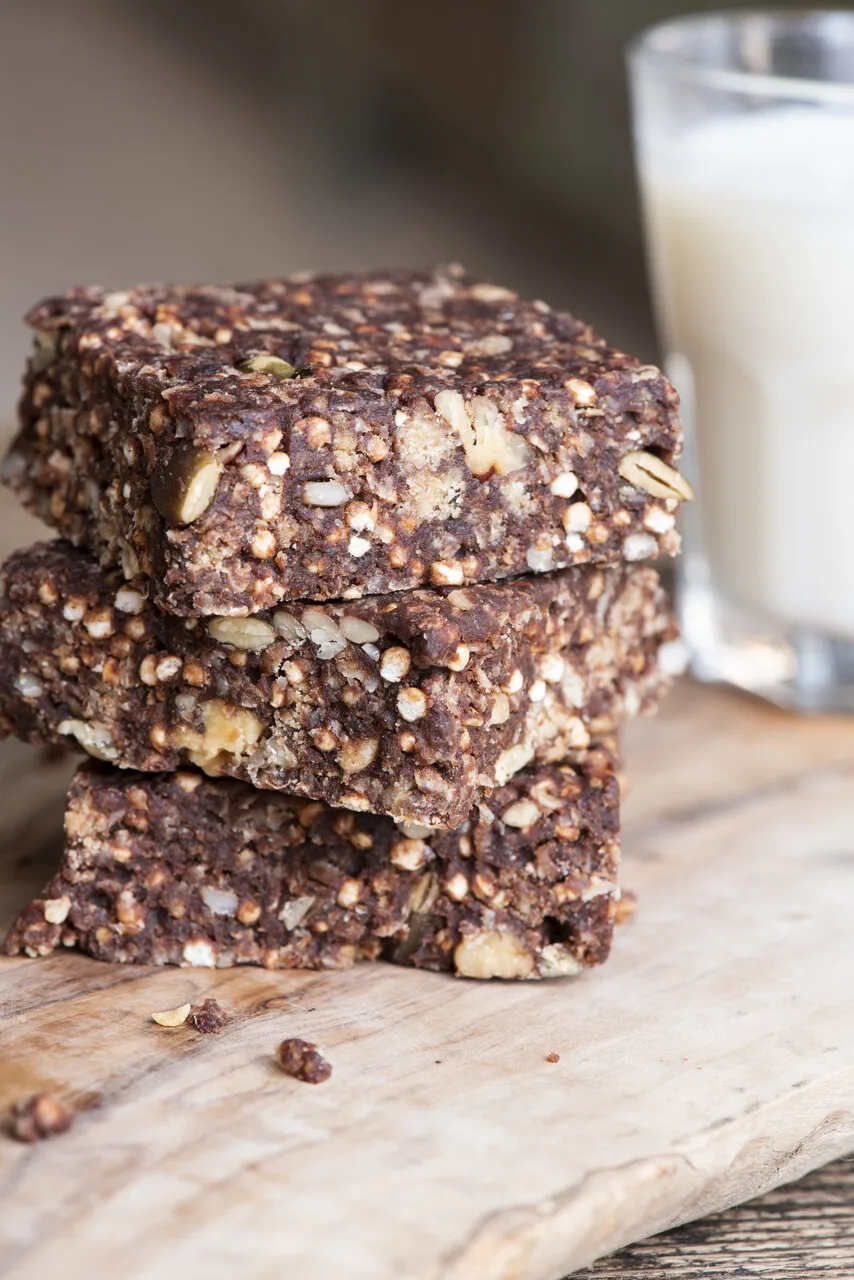
Can Your Gut Health Affect Your Menopause?
by Northern Life
Beat that gut feeling with our top tips and recipes
Award-winning nutritionist Dr Lucy Williamson is a specialist in gut health, and she believes that our gut health can positively influence the symptoms of menopause. So, in recognition of World Menopause Day on the 18th of October she shares her advice for beating that gut feeling.

Dr Lucy Williamson
“By nurturing our gut health, unique to each and every one of us, we can work with our own biology to help it thrive. But, this is never more important than through perimenopause as our bodies prepare for menopause,” says Dr Lucy. “This is because caring for our gut has the power to restore energy, balance emotions, improve sleep and digestion, and clear brain fog. In addition, we can also protect our bone density, muscle strength, heart health and cholesterol levels, issues more likely to affect us thanks to the change in metabolism caused by menopause.”
10 most commonly asked questions about gut health:
1. What about stress? Simple 10-minute breathing meditations can be extremely effective – a relaxed gut allows our billions of beneficial gut bacteria to work their magic!
2. How much fibre should I eat? Aim to eat 30 different plants a week, including nuts, seeds, pulses, beans, fruit, veg, spices and herbs.
3. What about fermented foods? Enjoy these little and often. Great choices are sauerkraut, kimchi, dairy kefir (also available from plant milk and water kefir), bio live yoghurt, raw apple cider vinegar and kombucha.
4. Is overnight fasting just a fad? No! This is now well recognised through research to really help balance our microbiome. A 12-14 hour fast can nurture your friendly gut bacteria and contribute to better emotional well-being.
5. What’s the low down with sugar? Aim for a maximum of 30g of added sugar every day (six teaspoons). This is identifiable on the back of food labels as ‘carbohydrates of which sugars.’
6. What about sweeteners? We know from current research that having an artificially sweetened drink actually increases our sensitivity to sugar in the meal that follows. Far better to enjoy hydrating with water, herbal teas, or a nice non-alcoholic kombucha.
7. Why can’t I reduce my waistline? Low oestrogen leaves us less able to metabolise fat stores, especially those in our abdomen known as ‘visceral fat’. Increasing fibre in our diet from wholesome foods, reducing sugar, sticking to whole-fat foods, and eating more veg than fruit are all great habits to maintain a healthy weight.
8. How can I make sure I’m getting enough calcium? Dairy is the best food source of calcium by far because its protein means we can absorb its calcium very easily. Calcium-enriched soy can be a reasonable alternative if you prefer not to eat dairy. Make sure you’re getting enough Vitamin D.
9. What are the best types of protein for me? Ensure you’re getting high-quality protein to help maintain muscle strength. Fish, dairy, eggs and climate-friendly, high-welfare beef are fabulous choices!
10. What about Omega 3? This heart-healthy, anti-inflammatory unsaturated fat is always a valuable part of our diet, especially during menopause. Fish remains the absolute best source, so if you’re not a flexitarian, consider a seaweed or algae supplement.
Lucy has provided these tasty recipes to help your gut health:
Italian-Style Grass Feed Beef Meatballs

Good for Gut Health: Italian Meatballs.
High welfare 100% grass-fed beef has many more heart-healthy unsaturated fats. These meatballs provide a tasty way to ensure iron stores are kept up, too and a great variety of plants to nurture gut health too!
Serves 4-6
Prep time 20 mins
Cook time 45 mins
Ingredients
-Meatballs
-500g grass-fed beef mince
-60g parmesan
-60g white breadcrumbs
-2 free-range eggs
-Sea salt and pepper
Sauce
-2 onions, finely chopped
-6 cloves garlic, crushed
-3 tbsps rapeseed oil (cold pressed is best!)
-1 tin chopped tomatoes
-560g jar passata
-150ml red wine
-1 tbsp apple cider vinegar
-1 tbsp tomato puree
-2 tsp dried oregano
-1 tin Hodmedods Carlin Peas
-150g baby spinach and a handful of Basil Leaves
-2 British buffalo mozzarella balls (optional- leave out for a lighter version)
Method
-Put all the meatball ingredients into a bowl and mix thoroughly using your hands.
-Shape into walnut-size meatballs. You should make around 25 meatballs. Chill them on a tray for 1 hour.
-For the sauce, heat 2 tbsp rapeseed oil in a heavy-based shallow pan which can go in the oven. Add the chopped onion and cook gently for 5-10 minutes. Add the garlic and a teaspoon of salt and cook for a further 5 minutes.
-Add the chopped tomatoes, passata, vinegar, tomato puree, red wine and oregano. Simmer for 15-20 minutes, stirring frequently.
-Once the sauce has thickened slightly, taste and season with plenty of salt and pepper.
-Heat 1 tbsp oil in a separate non-stick frying pan and brown the meatballs, turning frequently.
-Return the sauce to the pan and add in the meatballs. Drain the carlin peas and stir through along with the spinach. Tear over the mozzarella if using.
-Then, put the whole pan into an oven preheated to 180 degrees and cook uncovered for 20 minutes or until bubbling with the mozzarella melting and starting to colour.
-Finally, top with a few torn basil leaves and serve.
Hearty Pearl Barley Kedgeree

A healthy Kedgeree
Using barley is a great way to add fibre to nurture gut health and source British too!
White sea fish like haddock is a great source of high-quality protein for muscle strength and anti-inflammatory, mood-boosting Omega 3.
Serves 4 Prep time 10 mins Cook time 40 mins
Ingredients
- 500g smoked haddock (approximately 1 side)
- 500ml full fat milk
- 2 bay leaves
- 2 free-range eggs
- 150g pearl barley
- 1 onion, finely chopped
- 25g butter
- 1 red chilli, deseeded and finely chopped
- 2 cloves garlic, crushed
- 20g fresh ginger, grated
- 2 tbsp curry powder
- 1 tsp ground turmeric (or fresh, finely grated)
- 150g baby spinach leaves, washed
- 2 tomatoes, diced
- 30g fresh coriander, finely chopped
- 150ml water
- Salt and pepper
- 1 lemon, juiced
- 4 spring onions, finely chopped (optional)
- 100g Dairy Greek Yoghurt
- Glug of rapeseed oil
Method
- First poach the smoked haddock in a shallow, non-stick pan (with a lid) and pour over the milk. Add bay leaves. Cover and place on a medium heat, allow the milk to come up to a gentle simmer and cook for 10 minutes until the fish flakes easily.
- Remove the fish from the pan and set to one side to cool. Reserve the milk. Wipe out your pan ready for the next stage.
- Meanwhile boil your eggs for 7 minutes. Remove and place into a bowl of cold water to cool. Peel and quarter the eggs.
- Add the butter and rapeseed oil to your pan (2) and cook the finely chopped onion gently for 5 minutes until translucent. Add garlic, chilli & ginger. Cook for 5 minutes.
- Add the curry power and turmeric. Stir frequently to ensure it doesn’t stick. Cook for another 5-10 minutes until nicely aromatic. Add the pearl barley and stir well.
- Slowly start adding the reserved milk in stages, allowing the barley to absorb the liquid in between additions and stirring frequently (as you would with a risotto). Keep going until all the milk is added and then continue with the additional water. The barley will take about 25 minutes to cook through.
- Finally add the diced tomatoes, spinach and half the coriander. Flake in the smoked haddock (discard the skin). Stir well and cover to allow the spinach to wilt down and the fish to heat through. Season with S&P and the lemon juice.
- Turn off the heat, stir through yoghurt and then garnish with the eggs, reserved coriander and chopped spring onions.
Gut Healthy Chocolate Fridge Cake

Large gut-healthy chocolate fridge cake
Makes about 16 slices
Prep time: 15 minutes Cook time: ready to eat after half an hour chilling time
Ingredients
- 8oz digestive biscuits (we used Doves Farm)
- 6oz oats
- 2oz puffed quinoa
- 8oz butter
- 1tsp cinnamon
- 6 tbsp cocoa powder (not drinking chocolate)
- 3oz caster sugar
- 3oz chopped dates
- 8tbsp whole milk
- 2oz chopped walnuts or pecans
- Pinch salt
Method
- Crush the digestive biscuits in a bag with a rolling pin
- In a blender, whizz together the dates, nuts and sugar to a fine powder
- In a pan over medium heat, melt together the butter, sugar/date/nut mix, cocoa powder, milk, cinnamon and salt
- Add the crushed biscuits, oats and puffed quinoa into the melted mix. You may need to adjust quantities – the dry ingredients should absorb all the chocolate mix after stirring so it’s a medium-firm mix
- Pat into a greased baking tray (23×23 or similar) to a 2cm thickness and refrigerate for half an hour before cutting into 16 pieces
For more advice on nutrition, visit www.lwnutrition.co.uk.
Discover how fermented foods can help with your gut health here.
NorthernLife Sep/Oct 23




